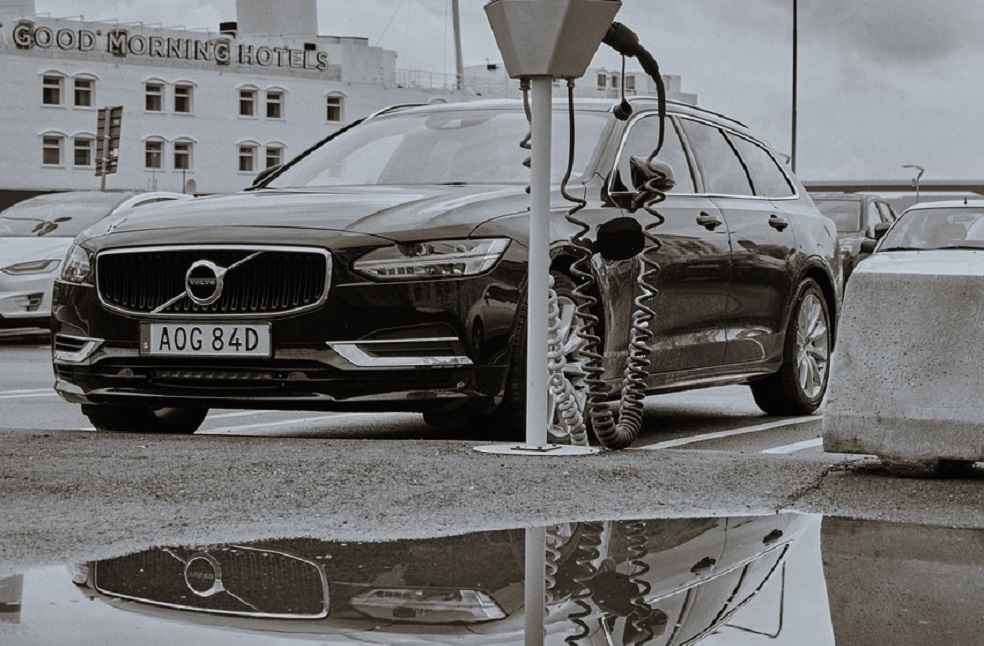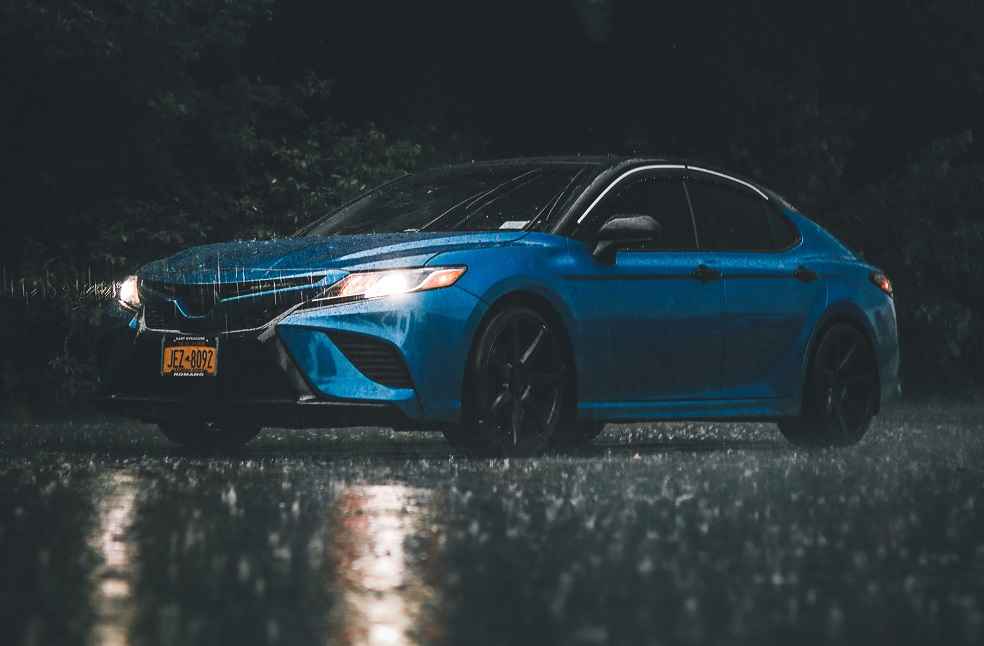The widespread presence of winter weather conditions globally has led to increasing queries regarding how cold weather impacts the performance of electric vehicles (EVs). This curiosity specifically stems from the observed pattern of EVs’ range reduction during lower temperatures, especially below 20 degrees F (-7C), which complicates the feasibility of long-distance journeys.
Typically, under optimal conditions, EVs excel, sometimes even exceeding their estimated range by an impressive 15% at a comfortable 70F (21.5C). However, a significant reduction in their driving range is noticeable when the temperature strays from this ideal point.

This recurring trend stirs up an essential question: does cold weather hinder the practicality of owning an electric vehicle? According to specialists in the field, cold weather is not necessarily a drawback, provided certain preparations are taken into consideration. In an illustrative comparison, Wired magazine analogizes batteries to humans, explaining that like us, batteries also perform best within a certain temperature range, typically faltering when the conditions are below 40F or exceed 115F.
The loss of battery range in cold weather is not solely due to the low temperature. A report from Consumer Reports explains that extreme cold affects both traditional gasoline vehicles and EVs alike, increasing energy consumption to maintain functionality, thereby draining the battery.

Consumer Reports’ Senior Director of Auto Testing suggests a potential solution for EV buyers residing in colder climates: opt for an EV with twice the daily driving range than what you require. Other practical strategies put forward by My EV.com include charging your EV in a garage, pre-conditioning your vehicle while it’s charging, refraining from unnecessary idling, reducing your driving speed and braking intensity, and sustaining high tire pressure.
According to data from AAA, cold weather typically reduces an EV’s range by about 12%. This reduction can increase to a shocking 41% if the heater is running at maximum capacity. It is crucial to note, though, that the range loss varies depending on the specific vehicle and the extent of the heater usage.

The prospect of long-distance travel in an EV during cold weather often raises concerns among potential buyers. In response to these worries, a top executive from Select Car Leasing offers various tips. These include judicious planning, making route adjustments during harsh weather, pre-heating or cooling the cabin while the EV is still plugged in, and regulating speed to lessen battery strain. They also recommend utilizing regenerative braking during downhill drives and smooth acceleration to optimize battery usage. Regarding the lifespan of EV batteries, the executive reassures that modern models are showing encouraging signs of aging well with minimal impact on the range.
In short, while cold weather does pose challenges to EV performance and range, these hurdles are not unsurmountable. With adequate planning, conscious driving habits, and strategic resource utilization, owning an EV in colder climates is as achievable as in warmer regions. The secret lies in understanding the factors that impact the range and learning how to manage these effectively to enhance your EV’s performance, regardless of weather conditions.
AWJ CHOICE: UK’s Top 10 Best-Selling Cars of 2023 Revealed





